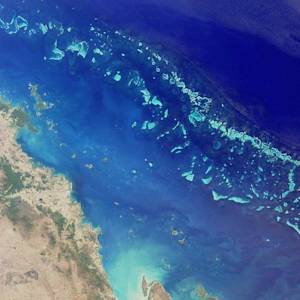Fishing limits in Magnuson-Stevens Act rebuild US fish stocks
1976 CE • Washington DC
"For decades, fishing in U.S. waters was a virtual free-for-all, with U.S. and foreign fishermen competing for dwindling resources. As a result, many fisheries became severely overfished, below heathy levels of abundance and overfishing was occurring meaning that fish were being taken out of the ocean at a rate faster than nature could replenish. To prevent more fisheries from collapsing and to protect domestic fishermen from foreign competition, Congress passed the Magnuson-Stevens Fishery Conservation and Management Act (MSA) in 1976 to establish federal management of the nation’s fisheries and restrict fishing activities in U.S. waters. The law put fisheries management largely in the hands of eight regional councils, allowing each region to address its specific needs and giving stakeholders a voice in management of the resource. The law, which has undergone numerous changes since 1976, has reversed the declining trend and helped rebuild dozens of fish stocks . . ."
"The Magnuson-Stevens Act: World’s Leading Fisheries Management under threat," Oceana. Molly Masterson, "New Fisheries Bill Responds to Our Ever-Changing Ocean," NRDC, July 26, 2021.
Image: Chesapeake Bay Program, Attribution-NonCommercial 2.0 Generic (CC BY-NC 2.0)


Learn about Maya Lin’s fifth and final memorial: a multi-platform science based artwork that presents an ecological history of our world - past, present, and future.

Discover ecological histories and stories of former abundance, loss, and recovery on the map of memory.

Learn how we can reduce our emissions and protect and restore species and habitats – around the world.

See how art can help us rethink the problems we face, and give us hope that each one of us can make a difference.

Help make a global memorial something personal and close to home. Share your stories of the natural world.


